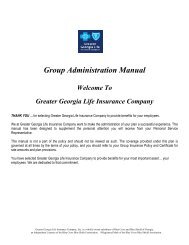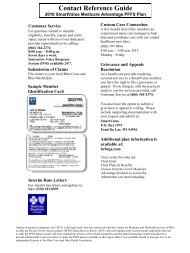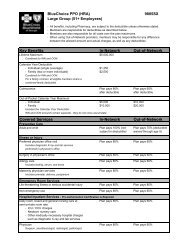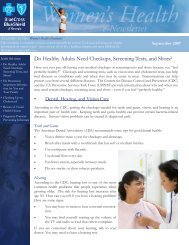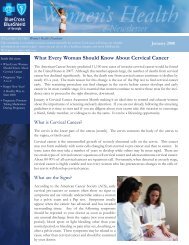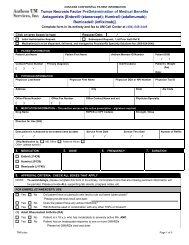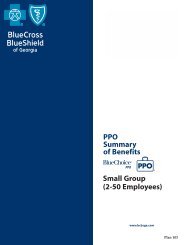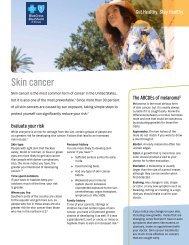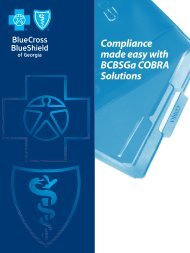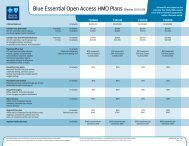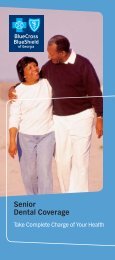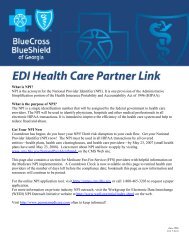BMI number? - Time Well Spent
BMI number? - Time Well Spent
BMI number? - Time Well Spent
You also want an ePaper? Increase the reach of your titles
YUMPU automatically turns print PDFs into web optimized ePapers that Google loves.
What does your <strong>BMI</strong><strong>number</strong> mean?The chart on the previous page shows which weight category(normal to extreme obesity) your <strong>BMI</strong> <strong>number</strong> falls into, but the tablebelow may be a bit easier to read. In general, overweight is definedas a <strong>BMI</strong> of 25 to 29.9 and obesity is defined as a <strong>BMI</strong> equal to orgreater than 30.<strong>BMI</strong> weight categoriesNormal Underweight Overweight Obese Morbid obesity20-24 < 19 for women 25-29 30-39 40-54< 20 for menSources: Office of the Surgeon General, National Institutes of Health, Centers for Disease Control,USDA Center for Nutrition Policy and Promotion, Harvard School of Public Health, Consumer HealthInteractive, The American Institute for Cancer ResearchDo you need to lower your <strong>BMI</strong>?If your <strong>BMI</strong> <strong>number</strong> is above normal, there are things you can do tochange it. Talk to your doctor about eating healthier and exercising.Being overweight or obese increases your risk for several healthconditions including high blood pressure, diabetes, highcholesterol and heart disease.If you need to lose weight, do it slowly. Lose no more than 1/2pound to 2 pounds per week. This is the healthiest way to loseweight and offers the best chance of long-term success.Your waistline story<strong>BMI</strong> is not the only factor that determines yourrisk for certain health conditions. Muscle mass orfluid retention can affect a <strong>BMI</strong> reading. That’swhy waist measurement is often checked as well.A waist of more than 35 inches around in womenand 40 in men is considered the danger zone.Sources:U.S. Department of Health and Human Services, National Institutes of HealthNational Heart, Lung, and Blood Institute, National High Blood Pressure Education Program, NIH Publication No. 05-5213, August 2005U.S. Department of Health and Human Services, National Institutes of HealthNational Heart, Lung, and Blood Institute, National High Blood Pressure Education Program, NIH Publication No. 03-5232, May 2003This information is intended for educational purposes only and should not be interpreted as medical advice. Please talk to your doctor for advice about changes that may affect your health.Blue Cross and Blue Shield of Georgia, Inc., is an independent licensee of the Blue Cross and Blue Shield Association. The Blue Cross and Blue Shield names and symbols are registered marks of the Blue Cross and Blue Shield Association.



